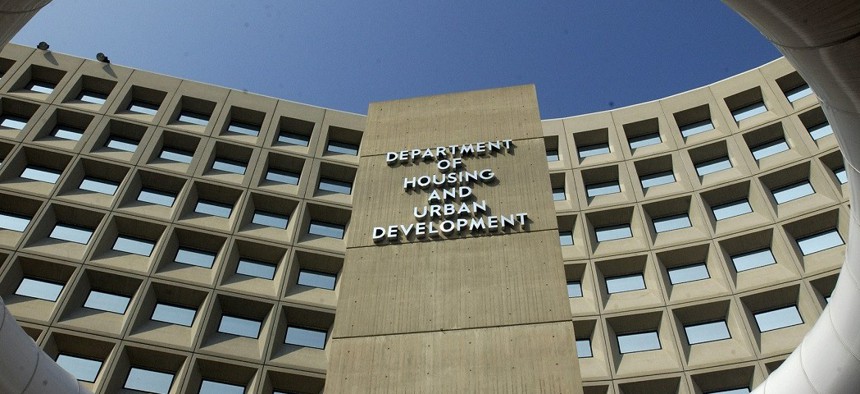Watchdog: HUD Disaster Relief Could Use Better Data Collection, Analysis

Department of Housing and Urban Development
A GAO report found one of HUD’s aid programs could be more efficient if more accurate demographic information is harvested and referenced prior to distributing funds.
The Department of Housing and Urban Development needs to use more accurate population data to better distribute funding for underserved communities across the country, according to a new report from the Government Accountability Office.
Researchers with the agency specifically looked at how funds from HUD’s Community Development Block Grant Disaster Recovery are allocated. The program centers on distributing at least 70 percent of its federal funding to low and medium income households affected by natural disasters, focusing on vulnerable demographics including people with disabilities, elderly individuals, racial minorities, and individuals with limited English language proficiency.
For a more accurate picture of these demographics, GAO recommended that HUD improve its data collection and analytics practices to better serve these populations.
“By collecting, analyzing and publicly reporting these additional demographic data, HUD and grantees could better assess whether they effectively reach the populations CDBG-DR activities are intended to serve,” GAO wrote.
Building on research conducted in November 2021, GAO found that HUD doesn’t collect key demographic figures in relation to how funding from its program gets dispersed. GAO researchers looked at six grantees—or states—participating in the housing program to determine how they approach data collection.
The grantees with the leading funding allocation practices identified in the report all hinged on careful examination of demographic data, or being able to effectively parcel out which populations would benefit from the funding and what barriers to entry hinder them from accessing it. Some of the challenges grantees listed include language barriers, program requirements, and limited access to transportation to government service centers.
“Having the capacity to disaggregate data according to demographic or other relevant characteristics can aid in highlighting significant variation, which can help pinpoint problems and identify solutions,” the report concluded.
GAO also added that improved data transparency to the public could help ensure federal aid is used efficiently.
HUD did not respond with an agreement or disagreement to GAO’s findings, but noted it “would continue to research ways to use data to determine how CDBG-DR grantees serve vulnerable populations.”
The report referenced the larger federal push for improved data collection, analysis, storage and transparency. Earlier in 2021, President Joe Biden signed an executive order into law emphasizing the need for stronger cybersecurity infrastructure in the public workspace. It mentioned the need for improved software infrastructure and policy, also adding the benefits of sharing sensitive data between agencies.






